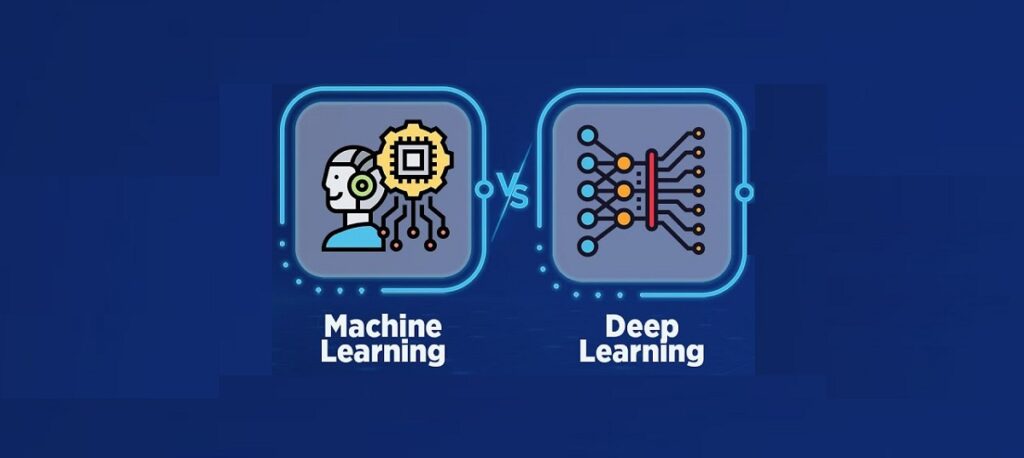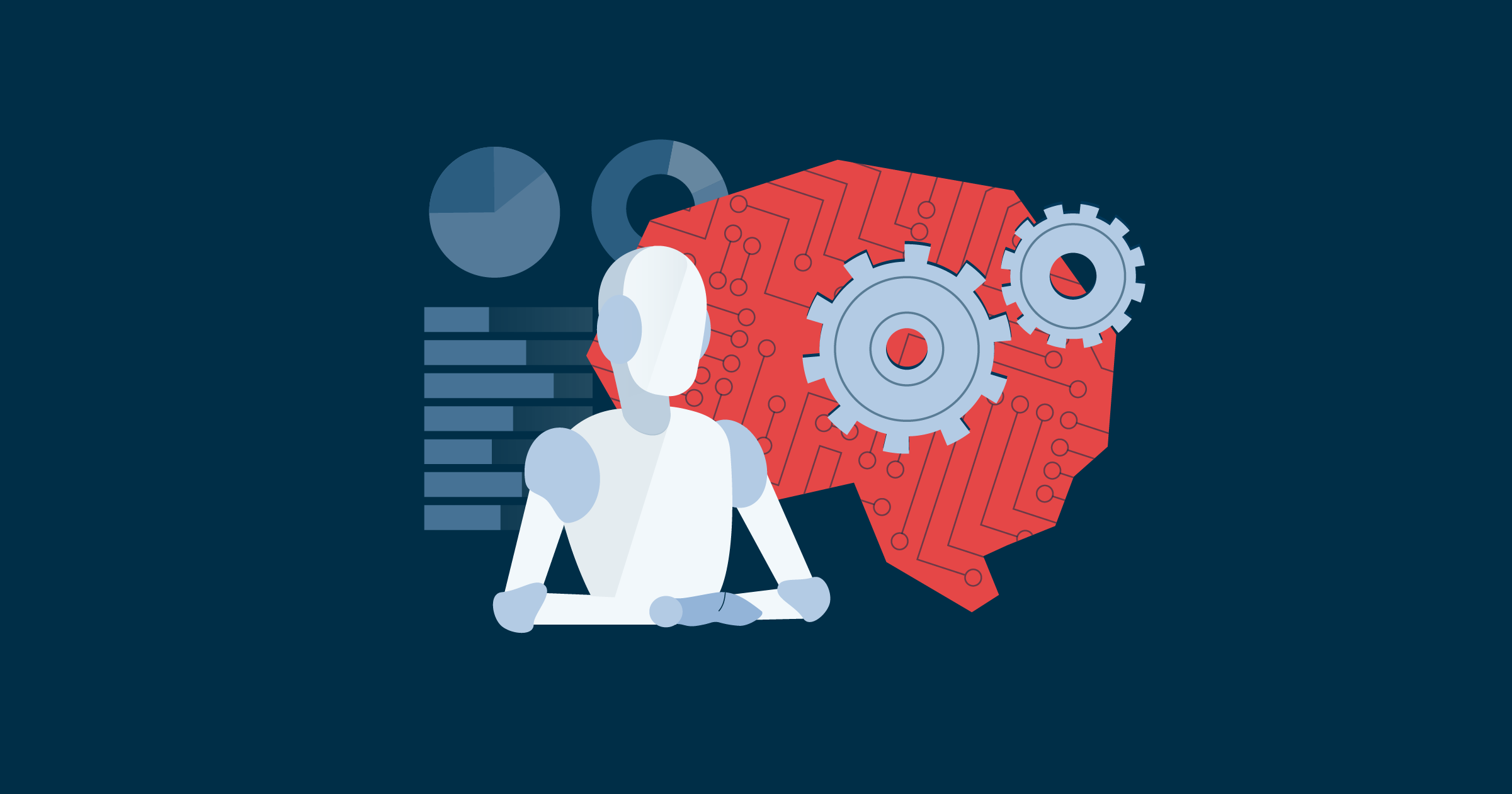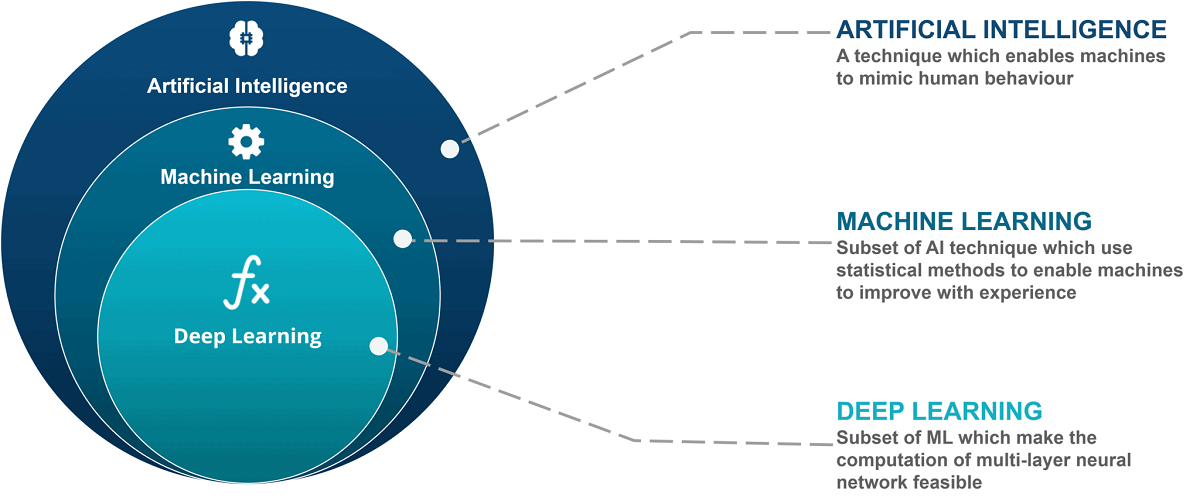
The era of Artificial intelligence, in which we are already immersed, has brought to our lives a great number of new ideas and terms with which we are gradually becoming familiar. In this article we are going to analyze the Difference between Machine Learning and Deep Learning, two different concepts that are often confused.
To begin with, it is important to establish a first distinction. While it is true that both concepts (ML and DL) are part of AI, they are actually different things, although they have many points in common. Two derivations of the new technology that, in the opinion of many, has come to change the world.
Trying to shed some light on this apparent gibberish, nothing better than resort to a practical analogy to explain these differences. Let's imagine that AI is the category that encompasses all existing means of transport (cars, bicycles, trains...). Well, in this scheme, Machine Learning would be the automobile, while Deep Learning would be the electric car.
In other words, DL would be a kind of evolution or specialization of ML. A branch that comes from another branch that, in turn, is born from the trunk of Artificial Intelligence. In the following paragraphs we delve into this in more detail.
Machine Learning (ML)

Machine Learning is often defined as a subcategory of Artificial Intelligence that allows systems to “learn” and make decisions based on dataBased on complex mathematical models, ML algorithms draw inspiration from data to make predictions and decisions, even though these systems have not been specifically programmed for this task.
For Machine Learning to work fully, structured and pre-processed data sets are needed. This inevitably involves the human intervention, necessary to select the data and extract its most relevant characteristics.
Machine Learning is used to perform tasks such as text classification, financial predictions, product recommendation systems, etc.
Deep Learning (DL)

As we pointed out at the beginning of the post, Deep Learning is a kind of Advanced subcategory of Machine Learning. A model that is directly inspired by the structure of the human brain. ML makes use of multi-layer artificial neural networks, also called «deep neural networks» which help you identify complex patterns from data automatically and much more efficiently.
Unlike Machine Learning, Deep Learning does not need human help to work with large amounts of unstructured data, since it can detect representations or features on its own. In addition, the more information it handles, the more refined the results it offers.
DL is used for tasks such as image recognition and natural language processing. Its practical applications include the development of virtual assistants, autonomous vehicles, content generation tools, and machine translation, among others.
Machine Learning and Deep Learning: Similarities and Differences

Both ML and DL focus on developing programs capable of identifying data and patterns, but They differ in the way they process data and how they extract and identify features.
To clear up any doubts, let's take Machine Learning and Deep Learning point by point. This way, it's easier to distinguish between the two concepts and understand their true dimensions. We compare ML and DL in all the basic aspects:
Data
- ML: Only works with relatively small and well-structured databases.
- DL: You can work with large volumes of unstructured data.
Algorithms
- ML: Handles statistical models and simple mathematical algorithms, such as decision trees.
- DL: It uses deep neural networks.
Extraction of basic features
- ML: Requires human intervention.
- DL: Extraction is automatic, since the networks learn the features.
Computing
- ML: Less computationally intensive power.
- DL: Requires a lot of computing power (use of GPUs).
Applications
- ML: Model prediction, recommendation systems, customer service chatbots, etc.
- DL: Image recognition, autonomous vehicles, content generation, etc.
Degree of accuracy
- Less precision in complex tasks.
- Greater precision in complex tasks.
It is best to illustrate these differences with a practical example: A machine learning model would be fed with data provided by a human, say a set of images labeled “there is a car” and “there is not a car.” At the same time, they would add additional identifying features such as color, shape, etc.
In contrast, in a Deep Learning model, the method consists of allowing the system to “dive” into an immense ocean of labeled image data so that it itself carries out the feature extraction process through deep neural networks.
Conclusion
To summarize, we can say that the difference between Machine Learning and Deep Learning is that the former is simpler. It is more suitable for working with less data and performing more specific tasks; the latter, on the other hand, is a much more powerful weapon for solving complex problems with large amounts of data. In addition, it can perform its tasks with almost no human intervention.
Editor specialized in technology and internet issues with more than ten years of experience in different digital media. I have worked as an editor and content creator for e-commerce, communication, online marketing and advertising companies. I have also written on economics, finance and other sectors websites. My work is also my passion. Now, through my articles in Tecnobits, I try to explore all the news and new opportunities that the world of technology offers us every day to improve our lives.